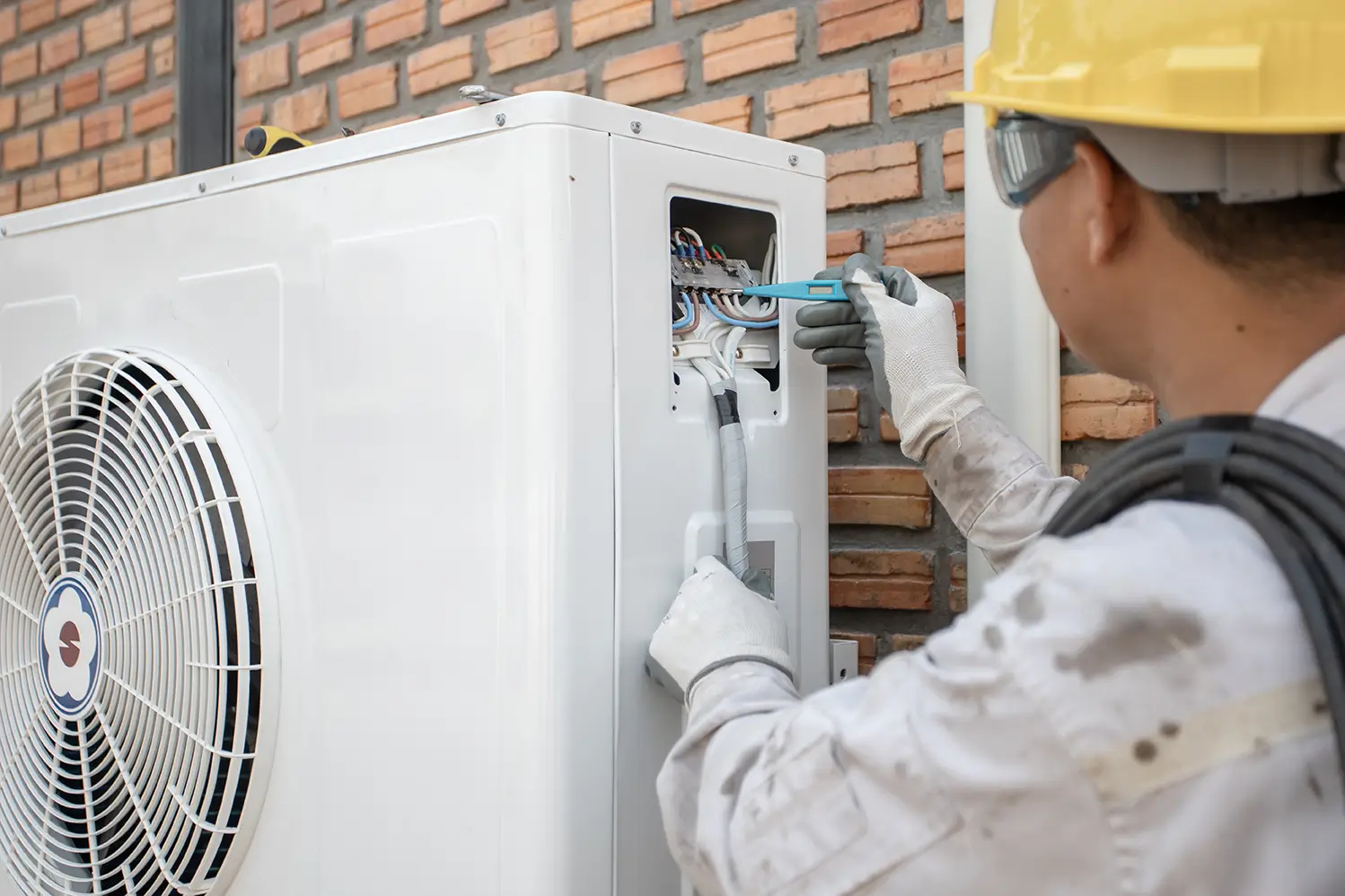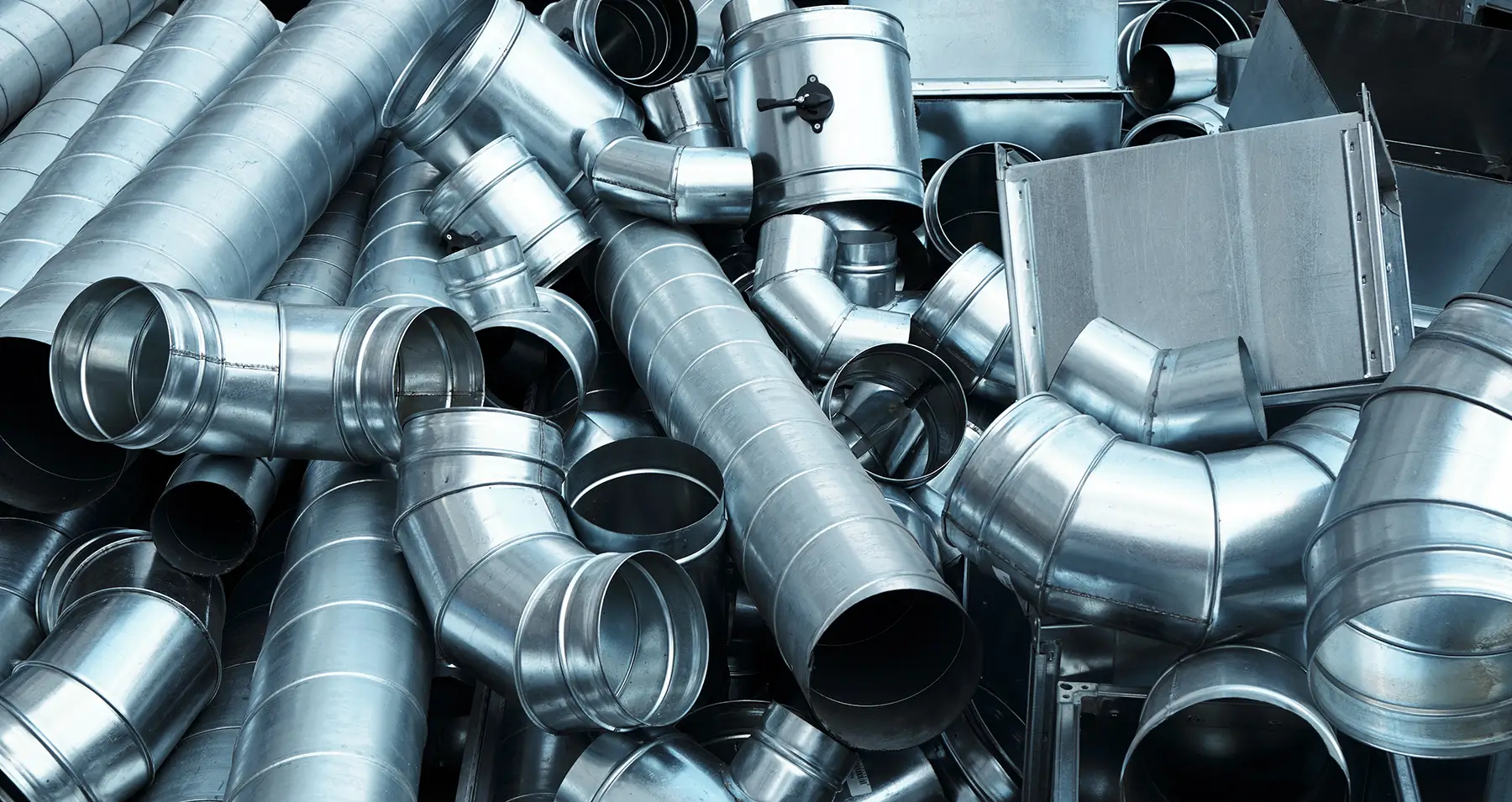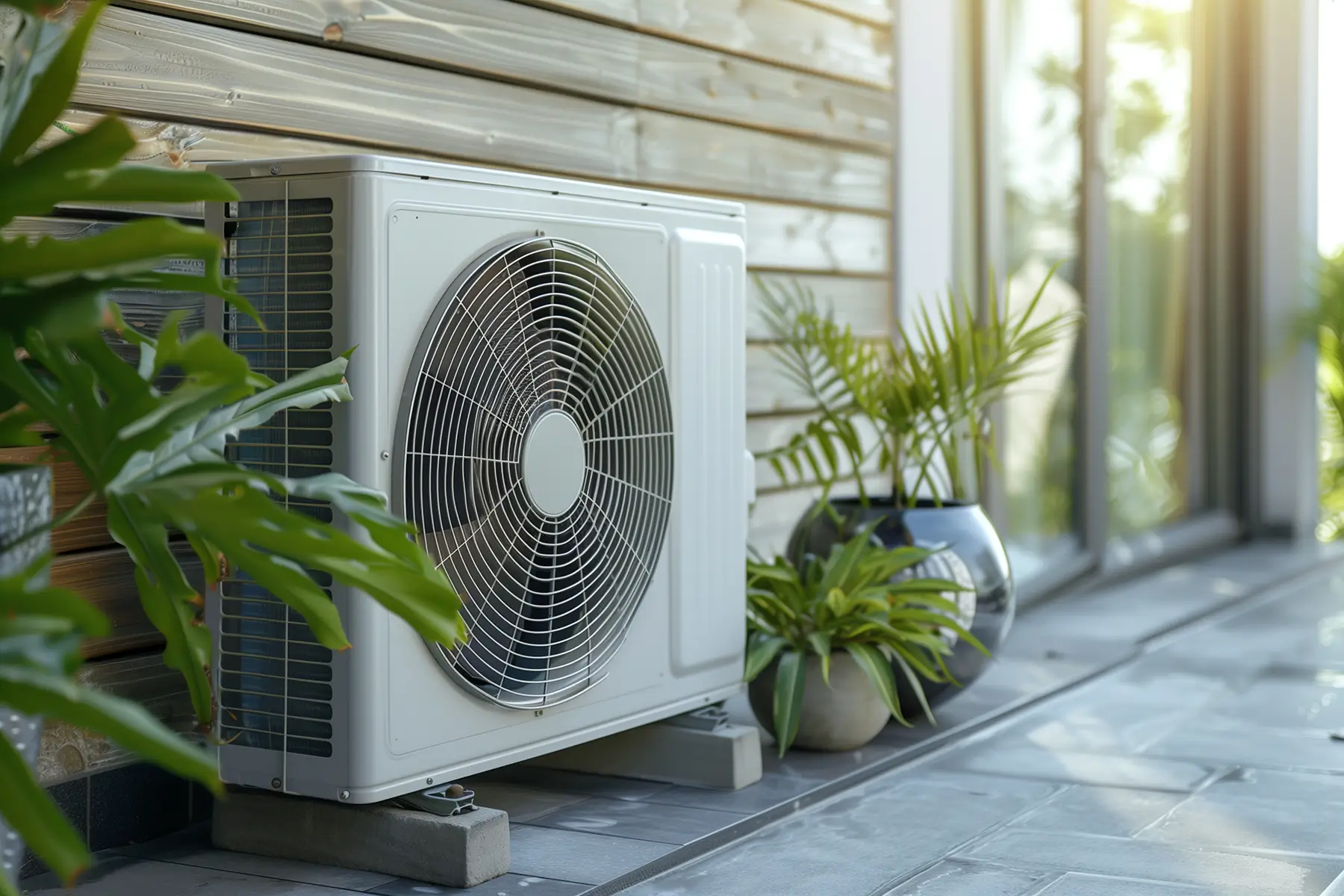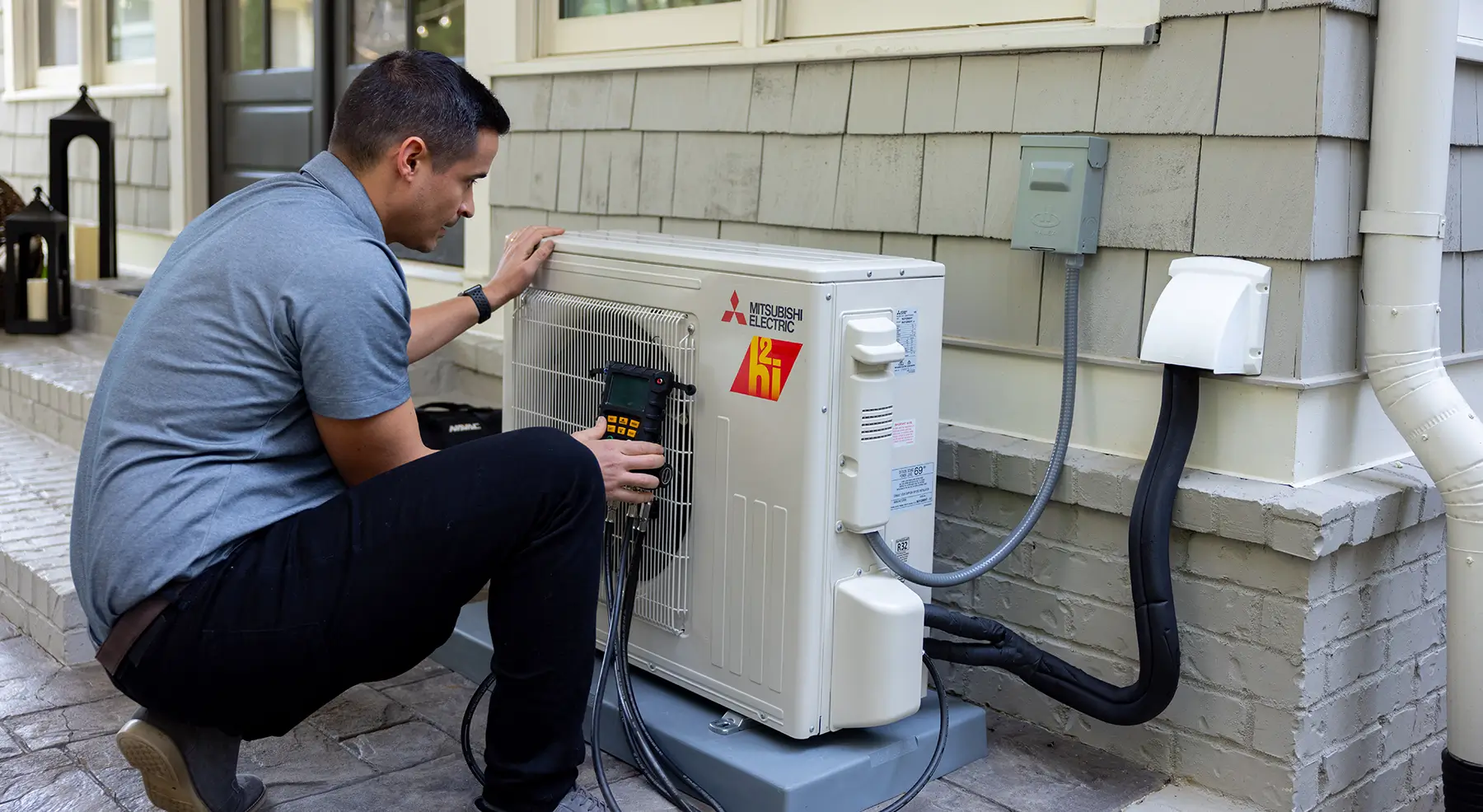When it comes to saving money on your heating bill, proper insulation is the unsung hero that quietly works behind the scenes to keep your home comfortably warm and your energy bills in check. In this comprehensive exploration, we’ll uncover the intricacies of insulation, elucidating how each facet contributes to creating a well-insulated home and saving you money.
Wall Insulation: Types and Their Advantages
Proper wall insulation is a fundamental component of an energy-efficient home. Understanding the different types of wall insulation and their advantages will help you make an informed choice that aligns with your specific needs and budget:
Fiberglass Insulation
Advantages: Fiberglass insulation is a well-known and cost-effective option with widespread availability. Homeowners often choose it due to its affordability and ease of installation.
Cost-Effective: One of the primary advantages of fiberglass insulation is its cost-effectiveness. It’s typically more budget-friendly than some alternative options, making it an attractive choice for many homeowners.
Widespread Availability: You can easily find fiberglass insulation at most home improvement stores, making it accessible for those looking to tackle insulation projects themselves or hire professionals.
Cellulose Insulation
Advantages: Cellulose insulation is crafted from recycled paper and offers excellent fire-resistant properties, making it an eco-friendly and safe choice.
Eco-Friendly: One of the standout features of cellulose insulation is its eco-friendliness. It is made from recycled materials, which reduces its environmental impact.
Fire-Resistant: Cellulose insulation is treated with fire-resistant chemicals, making it a safe choice for your home. This feature enhances the overall safety of your insulation and provides peace of mind.
Foam Board Insulation
Advantages: Foam board insulation is known for its exceptional thermal resistance and suitability for specific applications where precise temperature control is crucial.
High Thermal Resistance: Foam board insulation provides high thermal resistance, meaning it’s excellent at retaining heat and keeping your home warm. This is particularly important in extreme climates.
Precision in Temperature Control: In scenarios where precise temperature control is essential, such as in temperature-sensitive storage areas or energy-efficient homes, foam board insulation excels. Its ability to maintain consistent indoor temperatures can lead to significant energy savings.
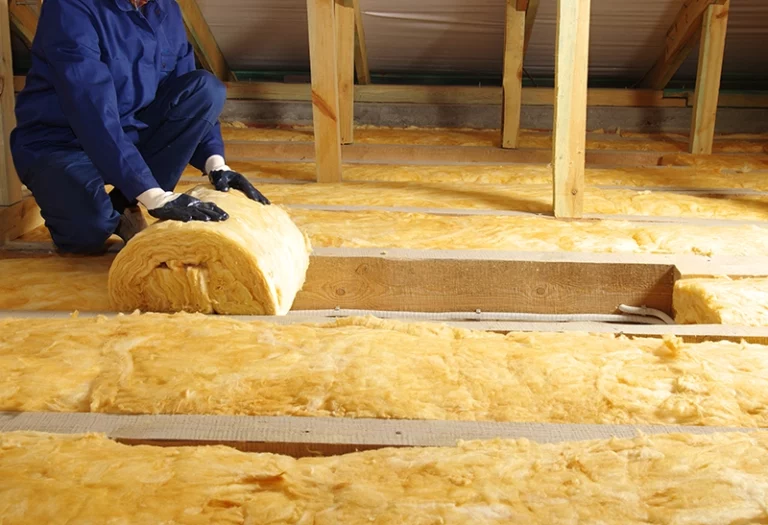
Blown-In Insulation
Advantages: Blown-in insulation, often made of materials like cellulose or fiberglass, offers an efficient way to insulate wall cavities.
Excellent Coverage: Blown-in insulation provides excellent coverage and fills voids or irregular spaces in wall cavities, reducing the risk of gaps.
Energy Efficiency: Its ability to create a seamless thermal barrier makes it energy-efficient, helping maintain indoor temperatures and lower energy costs.
By choosing the right type of wall insulation, including blown-in insulation, and ensuring it’s installed correctly, you can enjoy a comfortable, energy-efficient home that helps you save on heating and cooling costs while reducing your environmental footprint.
Attic Insulation: Maintaining Optimal Energy Efficiency
A well-insulated attic plays a pivotal role in ensuring your home remains energy efficient. Here’s a detailed look at why adequate attic insulation is essential and the various insulation materials suitable for different attic structures:
Significance of Adequate Attic Insulation
Attics have a notorious reputation for permitting heat loss due to poor insulation. This makes them a critical focus area for maintaining energy efficiency in your home. Here’s why adequate attic insulation is of paramount importance:
Preventing Heat Loss: During the winter, warm air naturally rises in your home. Without adequate insulation, this warm air can escape through your attic and roof. The result is not only discomfort but also increased heating costs as your HVAC system works harder to maintain a consistent indoor temperature.
Reducing Energy Bills: Properly insulating your attic is a powerful strategy for reducing energy bills. By keeping the warm air inside during the winter and preventing hot air from infiltrating during the summer, your HVAC system operates more efficiently.
Materials and Suitability:
Selecting the right insulation material for your attic depends on your specific attic design, needs, and budget. Here’s an overview of common attic insulation materials and their suitability:
Fiberglass Batts: These are pre-cut, flexible fiberglass panels that are fitted between the attic floor joists. They are cost-effective and relatively easy to install. Fiberglass batts are ideal for attics with standard spacing between joists.
Blown-In Cellulose: Cellulose insulation consists of recycled paper treated with fire-retardant chemicals. It is blown into the attic space using special equipment, allowing it to fill gaps and irregular spaces effectively. This is a versatile choice suitable for various attic designs and is eco-friendly.
Spray Foam Insulation: Spray foam is a versatile insulation option that can be applied as a liquid and expands to fill cavities. It’s known for its exceptional thermal resistance and air-sealing properties. While it’s more expensive, spray foam is ideal for attics with irregular shapes, tight spaces, and those requiring a high degree of airtightness.
Radiant Barrier Insulation: This type of insulation reflects heat away from your home. It’s usually applied as a radiant barrier foil or reflective foil insulation. While it doesn’t provide traditional thermal resistance, it’s highly effective in reducing radiant heat transfer, making it suitable for attics with excessive sun exposure.
Rigid Board Insulation
Rigid foam boards are often used to insulate attic spaces with limited clearance. They provide a high level of thermal resistance and are easy to cut and shape to fit the area. They’re a good choice for attics with structural obstacles or shallow rafter depths.
Choosing the right insulation material for your attic is essential. Consult with an insulation professional to evaluate your attic’s specific needs and conditions and select the most suitable insulation type to maximize energy efficiency, reduce your environmental footprint, and save on heating and cooling costs.
Underfloor Insulation Options
Two primary choices, rigid foam boards and fiberglass batts, offer a cost-effective and thermally efficient means to insulate your underfloor areas.
Sealing Gaps and Cracks: A Crucial Step in Insulation Efficiency
In the quest for an energy-efficient home, it’s crucial to understand that even the best insulation can’t perform optimally if gaps and cracks are present. These openings act as gateways for warm air to escape and cold air to infiltrate, directly undermining your insulation’s effectiveness. Here, we delve into the vital role of sealing gaps and cracks and how it enhances the overall effectiveness of your insulation:
Gaps and cracks in your home’s structure, whether in the walls, ceilings, or around doors and windows, create pathways for conditioned air to escape. During the winter, warm indoor air can leak out, while in the summer, hot outdoor air can seep in. This air exchange forces your heating and cooling systems to work harder to maintain a comfortable indoor temperature, ultimately resulting in higher energy bills.
Proper gap sealing not only saves energy but also increases the overall comfort in your home. By preventing drafts and temperature fluctuations, you ensure that the indoor climate remains consistent and pleasant throughout the year.
Even the most impeccable insulation can’t do its job if gaps and cracks are present. These openings permit warm air to escape and cold air to invade, diminishing the effectiveness of your insulation.
Doors and windows are common culprits when it comes to heat loss. Properly sealing the gaps around these areas is crucial. Well-sealed doors and windows contribute significantly to reducing energy waste and enhancing overall energy efficiency.
How to Seal Gaps and Cracks:
Caulk: Caulk is a flexible material that is used to seal gaps and cracks around windows, doors, and other stationary building components. It’s applied as a bead and is available in various formulations, including silicone, latex, and polyurethane. The choice of caulk depends on the location and the material you are sealing. Silicone, for instance, is suitable for exteriors due to its durability and resistance to the elements.
Weatherstripping: Weatherstripping materials are designed to seal gaps around movable building components like doors and windows. They come in various forms, such as adhesive-backed foam tape, V-strip, and door sweeps. Installing weatherstripping along the moving parts of doors and windows not only seals gaps but also reduces noise and prevents dust and insects from entering your home.
Expanding Foam Sealant: Expanding foam sealant is particularly effective for sealing larger gaps and holes. When applied, it expands to fill irregular cavities and create an airtight seal. It’s commonly used around pipes, vents, and gaps around electrical wires. Ensure careful application as it can expand significantly and should be trimmed and shaped once cured.
Window Films: Window films, especially low-emissivity (Low-E) films, provide an additional layer of insulation to your windows. They are applied to the interior surface of your windows and can significantly reduce heat transfer through the glass while allowing natural light to enter your home.
By carefully addressing these various aspects of insulation, you’re not only investing in a warmer and more comfortable living space but also significantly reducing your energy bills. Proper insulation transforms your home into an energy-efficient fortress, keeping you snug in winter and cool in summer, while also contributing to long-term savings and environmental responsibility.

